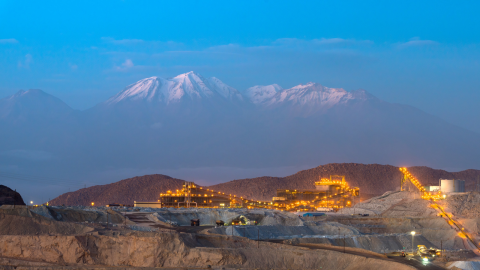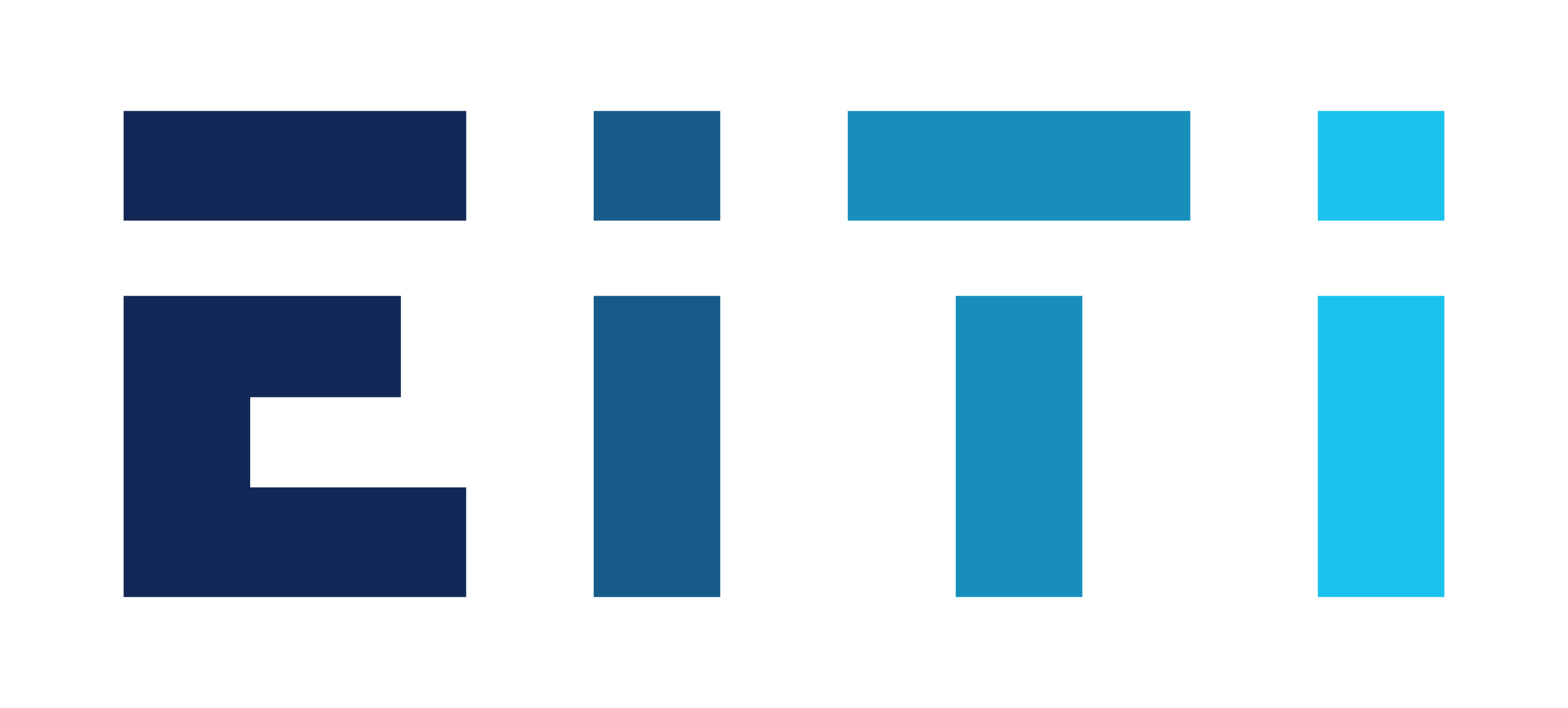
The future of extractive industries’ governance in Latin America and the Caribbean
The future of extractive industries’ governance in Latin America and the Caribbean
Natural resources are a key factor for growth and development for Latin America and the Caribbean (LAC). The value of fossil fuel reserves is equivalent to almost 4 times the GDP of the entire region and would be enough to pay its external debt almost ten-fold. And this is before factoring in the region’s reserves of metals and minerals.
However, major governance challenges hinder the positive impact these resources could have on economic and social development. Since this is a core issue to be addressed in the EITI 2019 Global Conference, where most LAC countries will actively participate, we put forth a few priority actions that would shape the region’s extractive sector in the years to come:
1. Continue to enhance transparency, accountability and citizen participation.
Feedback channels among governments, companies and civil society organizations are the building blocks for these industries to have a positive impact on economic and social development; these must be created and, where already present, enhanced. Over the past five years the LAC region has been, comparatively, the most dynamic worldwide about adhering to international transparency standards. Already ten countries have already committed to implement the Extractive Industries Transparency Initiative (EITI), which requires the dissemination of information throughout the extractive sector value chain, from permits and licenses to the use of resources collected by the government.
While this is welcomed news, countries in the region must not sit still. The 2019 version of the EITI Standard will include additional commitments regarding the disclosure of contracts, payments and information on environmental monitoring and gender equity (among others). LAC EITI member countries will soon need to move toward the "report and integration of governance in government systems" (mainstreaming or systematic disclosure), promoting continuous improvements in disclosures by public agencies and industry. This needs to take place with the full engagement of of an empowered civil society. These shifts, and growing use of open data, will create fresh opportunities for women and marginalized groups to engage in the EITI process.
2. Close the “implementation gap” in the sector.
Among the 12 LAC countries covered by the 2017 Resource Governance Index (RGI), 6 scored a “poor” or “weak” resource governance rating. In a majority of these countries, laws related to extractives governance are not always properly enforced. This signals that natural resource-rich countries in the region not only need to redouble their efforts to improve the rules and institutions governing the extractive sector, but also to advance in the implementation of legal frameworks.
To reduce this implementation gap, it is necessary to be clear about what has and hasn’t worked, and to diagnose political economy obstacles to reform. Generating and analyzing evidence is essential to know the context, progress and challenges of the countries, including a diagnosis of the different vulnerabilities in governance, corruption and state capture in resource rich countries and in the extractive sector decision chain. This is far from being an agenda for governments on their own. The commitment of industry to contribute to improved governance in the sector will be critical, as well as the contributions by global and regional organizations (such as the IDB) and international and national NGOs.
3. Strengthen regulatory frameworks and institutional capacities to prevent corruption.
It is essential to promote the disclosure of the identities of true beneficiary owners of companies (especially when they are “politically exposed persons”), as well as contracts with—and payments to and from—other actors in the industry’s value chain, including subcontractors and commodity traders. The beneficial ownership requirement in the EITI Standard has considerable potential in this regard. It is also crucial to advance in transparency and integrity frameworks applicable to state-owned companies, supporting the de-politicization of their management, good corporate governance practices, merit-based hiring and promotion, and transparent systems.
The role of technology as a means to strengthen institutional capacities in the sector deserves particular attention. Digital tools have become a powerful weapon to diagnose, manage and solve governance problems in the sector. In Colombia, the MapaRegalias platform allows citizens to visualize the origin and destination of resources associated with the exploitation of subsoil resources. Thanks to the platform, the number of irregularities detected in public investment projects financed with resources coming from the extractive industries rose from 57 in 2013 to more than 1,000 in 2016.
4. Address the links between extractive industries and the Sustainable Development Goals.
In natural resources-rich countries, the extractive industries have various links with other sectors of the economy. Therefore, inter-sectoral policies and strategies raise the potential to promote better environmental preservation, the reduction of carbon footprints, the transition of the energy matrix toward renewable sources, and economic diversification, all of which are issues related to the Sustainable Development Goals (SDGs).
Gender and inclusiveness considerations in the extractive sector are also an important for SDG compliance. These include but are not limited to the protection of women activists and improving engagement and working conditions of women in extractive decision-making processes. A key highlight of the recent Open Government Partnership Global Summit in Ottawa was the call for an essential shift toward a more inclusive open government movement. We echo this message for the extractive sector. An inclusive, gender-focused agenda in the extractive industries is a top priority for the EITI, NRGI and the IDB.
* The Spanish version of this blogpost can be found here.
Contenido relacionado





